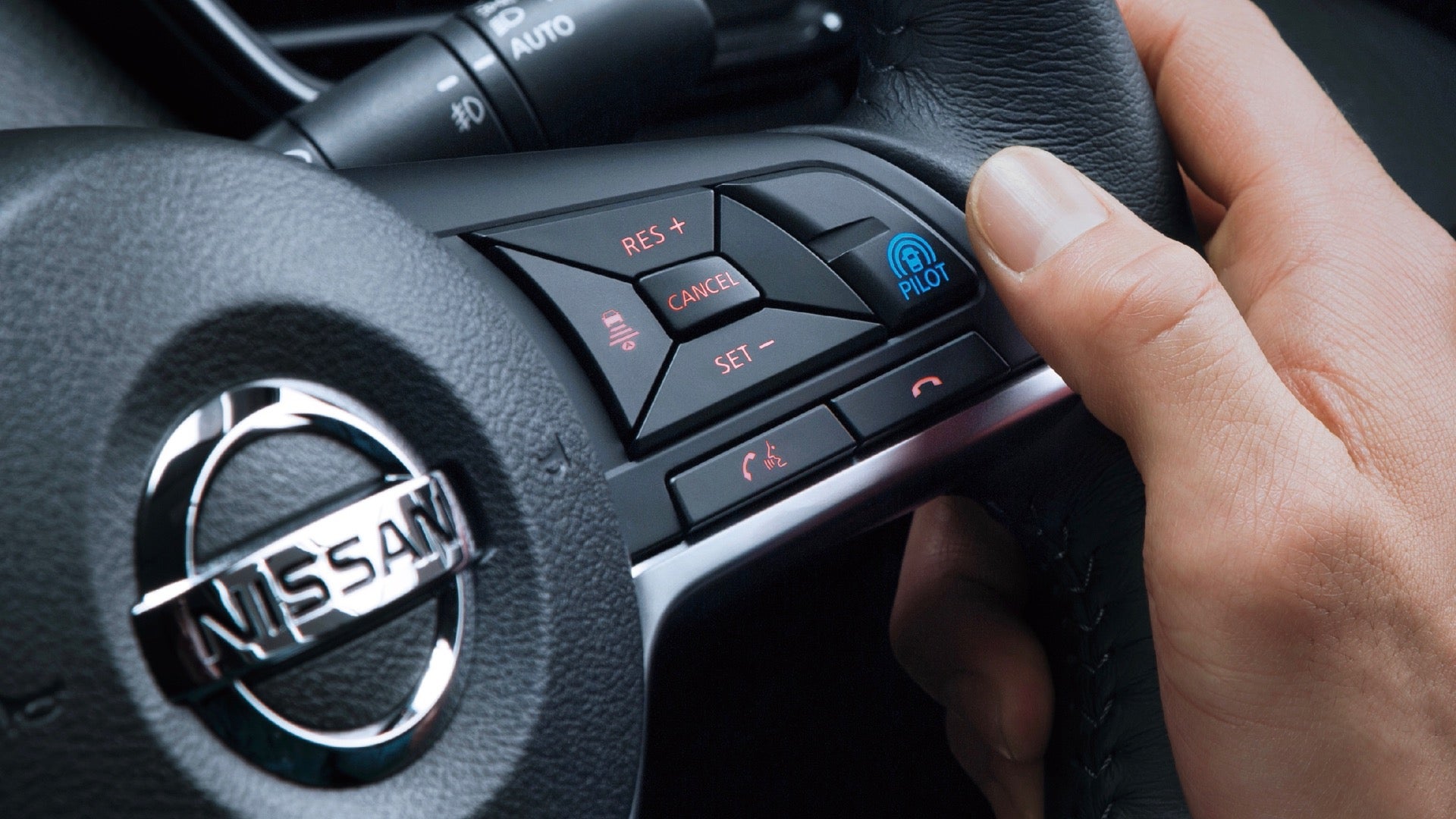Advanced driver-assist systems like Tesla's Autopilot, Nissan's ProPilot Assist, and Volvo's Pilot Assist can manage acceleration, braking, and steering under certain conditions during highway driving. These systems have proliferated over the past few years, blurring the line between reality and fiction. A new study by the AAA reveals that consumers aren't fully aware of these systems' limitations.
AAA tested a selection of systems and found that they had trouble coping with certain real-world conditions. The group also surveyed drivers regarding the systems' capabilities and found that 40 percent of those surveyed believed systems like Autopilot, ProPilot Assist, and Pilot Assist have the ability to drive a car themselves, something none of these systems' respective manufacturers claims.
It's easy to see why this technology is breeding confusion. Systems like the ones tested by AAA can operate the throttle, steering wheel, and brakes, and the names used by automakers can create associations with aircraft autopilot systems in the minds of consumers. Even AAA refers to the systems it tested as having "Level 2" automation, using the SAE scale for autonomous-driving tech. That implies that the gap between vehicles equipped with these systems and self-driving cars is smaller than it actually is.
AAA tested four vehicles: a 2018 Mercedes-Benz S Class, 2018 Nissan Rogue, 2017 Tesla Model S, and 2019 Volvo XC40 on a closed course and on public roads in the Los Angeles area. Testers found that while vehicles generally performed well on open freeways or freeways with stop-and-go traffic, they were less capable on freeways with moderate traffic. Some cars also had trouble staying centered in a lane, according to AAA, hugging the markers on one side and "ping-ponging" from side to side.
In closed course testing, cars showed better lane discipline and adjusted speed accordingly to follow slower vehicles, but three out of four vehicles were also "influenced" by a lead vehicle with a driver simulating impairment or distraction, AAA said. Three out of four vehicles also required driver intervention when a lead vehicle changed lanes to reveal a stationary one, the Tesla Model S being the exception.
"In general, this scenario is a stated limitation of these systems, however, it is a relatively common occurrence on roadways and could take those drivers by surprise who have become too reliant on the technology," AAA said in a statement.
Drivers may already be too reliant on the technology. Of a group of drivers surveyed, 40 percent said they believed these systems have the ability to drive a car unassisted. That belief was highest among Millennials (59 percent), followed by Generation X (40 percent) and Baby Boomers (27 percent).
Manufacturers do not view these systems as autonomous. Each constantly measures driver attention, usually through torque sensors to ensure the driver is gripping the steering wheel (Cadillac's Super Cruise system uses a camera to track eye movement). Audio and visual warnings activate should the system determine that the driver is disengaged, and some will slow the car to a stop. Super Cruise and Tesla's Autopilot will also eventually lock the driver out of the system.
AAA's survey results and the behavior of some Tesla owners indicate consumers may not be getting the message. The variability noted by AAA (as well as Consumer Reports in a recent test) shows that drivers can't always rely on these systems to respond in the safest way. Drivers have to pay attention not only to what's going on around them but to how their cars' driver-assist systems react. So technology that's supposed to take some of the workload off the driver may actually be doing the opposite.
Updated: A previous version of this article stated that AAA did not break out results by car brand. It does include results for each brand, although this information was not available at the time of publication. The article had been updated to reflect the new information.









